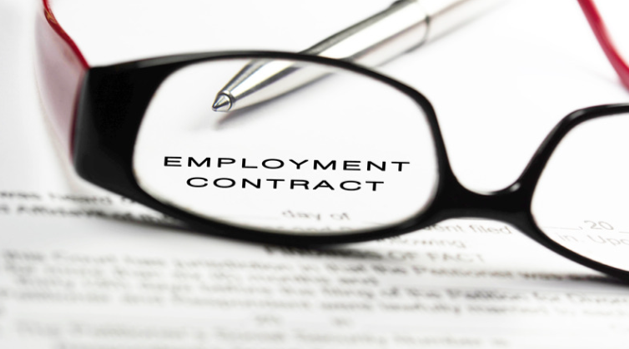Probation: Often Over-Rated in the Workplace
Introduction
Probationary periods are a common practice in many organizations, allowing employers to assess the performance and suitability of new employees before making a final decision on their permanent employment. While probationary periods serve a purpose, they are often over-rated and can lead to misconceptions about the rights and obligations of both the employer and the employee. This article explores the concept of probation and sheds light on its limitations and potential drawbacks.
Understanding Probationary Employment
Under Schedule 8 of the Labour Relations Act (LRA), employers have the right to appoint individuals on probation for a reasonable period to evaluate their ability to perform the job. During this time, the employer bears the responsibility to evaluate, instruct, train, guide, and counsel the employee to ensure their development.
However, it is essential to note that even during the probationary period, employees are entitled to certain rights and protections. The LRA emphasizes the importance of due process, including the right of representation, before any decision to dismiss a probationary employee is made.
Probation vs. Permanent Employment
The main differences between a probationary employee and a permanent one lie in the substantive obligations and the time required to address performance issues. The time given to remedy non-performance or address any concerns during probation may be relatively shorter for a probationary employee.
Limitations and Potential Drawbacks
While probationary periods can be beneficial for both employers and employees, they are not a foolproof method for evaluating long-term job performance. There are several limitations and potential drawbacks associated with probation:
- Inadequate Evaluation Time: The duration of probation may not provide a comprehensive assessment of an employee’s capabilities, especially for roles that require extensive training or involve complex tasks. A brief probationary period may not allow sufficient time to observe an employee’s full potential.
- Limited Training and Development: Employers may be tempted to reduce investment in training and development for probationary employees, assuming that their short-term commitment does not warrant significant investment. However, this approach may hinder the employee’s growth and impact their ability to perform effectively.
- Unclear Expectations: Employers sometimes fail to communicate clear performance expectations to probationary employees, leading to misunderstandings and potential unfair dismissal cases. Clear guidelines and regular feedback are crucial to enable employees to meet the required standards.
- Unfair Dismissals: Although the LRA requires due process and the right of representation before dismissing a probationary employee, instances of unfair dismissals can still occur. Employees may be let go without proper evaluation or without being provided with sufficient opportunities to improve.
Conclusion
Probationary periods can be a useful tool for employers to assess the suitability of new employees and their ability to perform a given job. However, it is important to recognize the limitations and potential drawbacks associated with probation. Employers must fulfill their obligations to evaluate, train, guide, and counsel probationary employees, ensuring a fair and objective assessment of their capabilities. Likewise, employees should be aware of their rights and entitlements during the probationary period to protect themselves from potential unfair treatment. By understanding the nuances of probationary employment, both employers and employees can foster a more transparent and equitable work environment.



